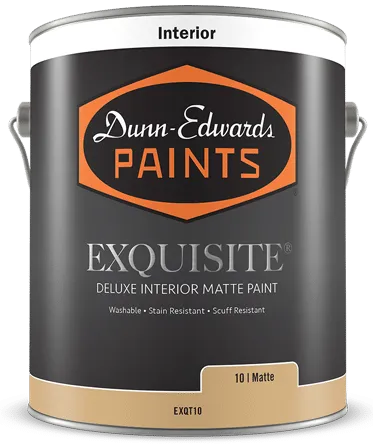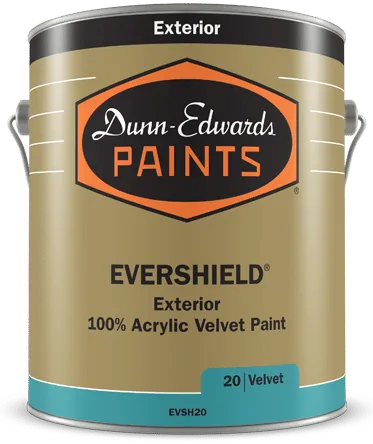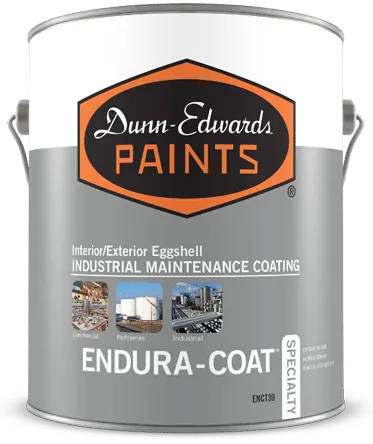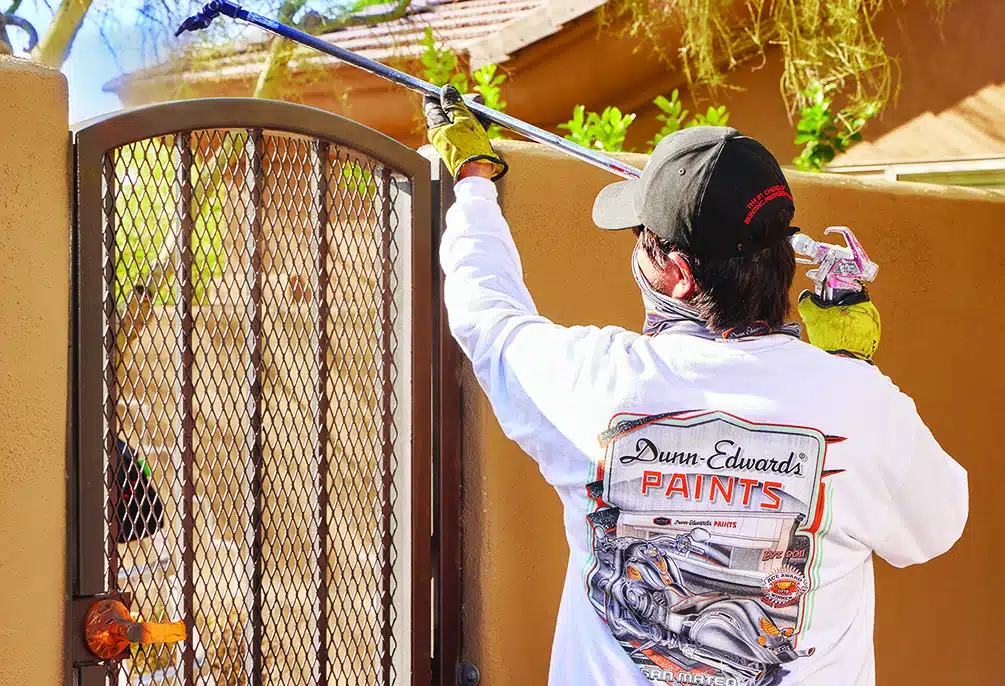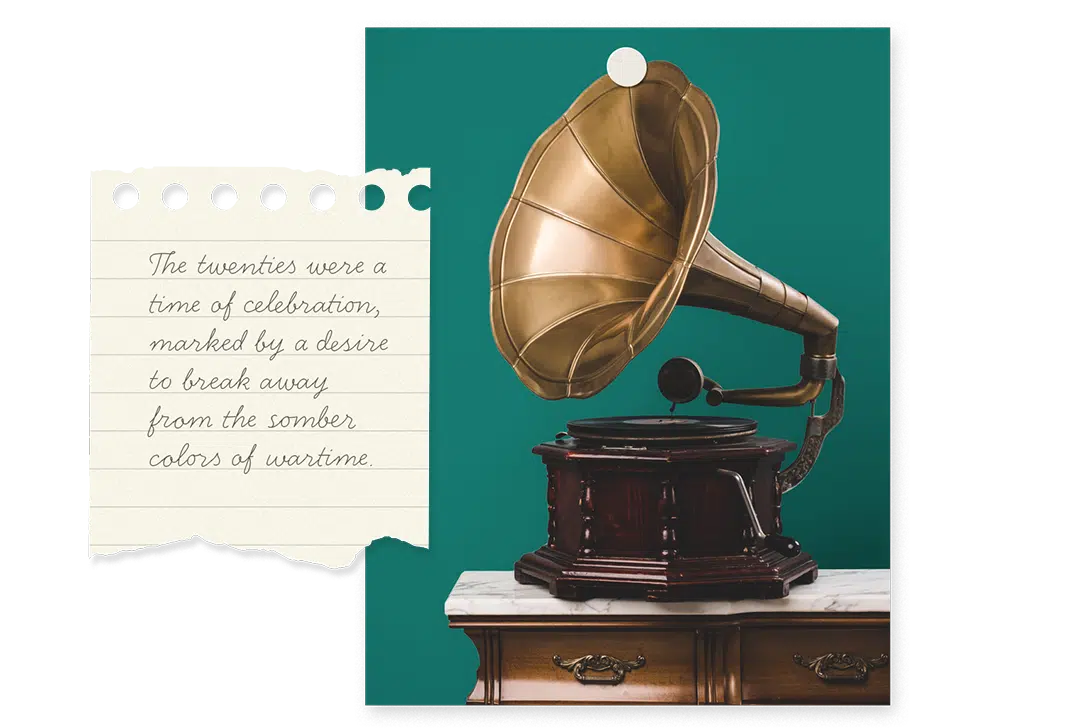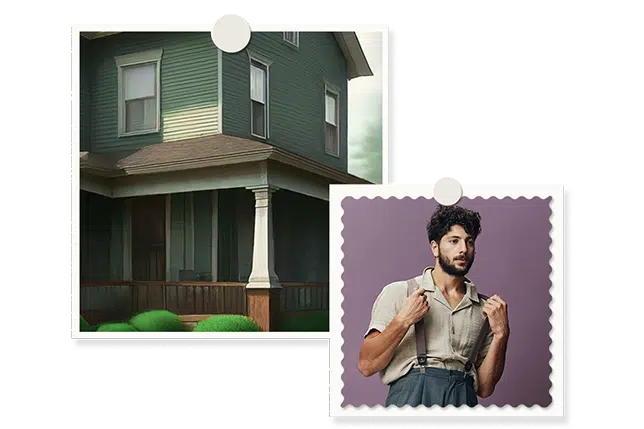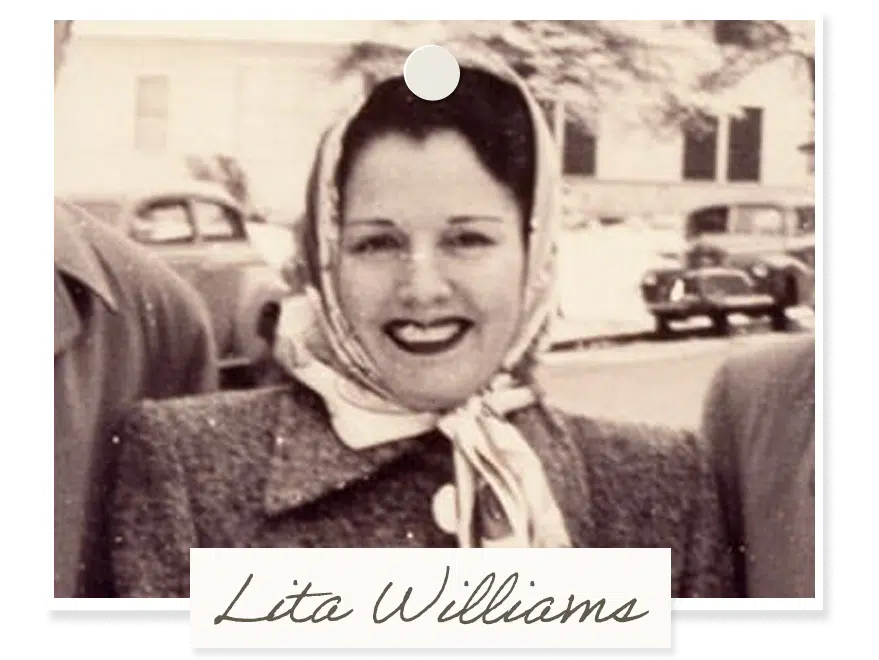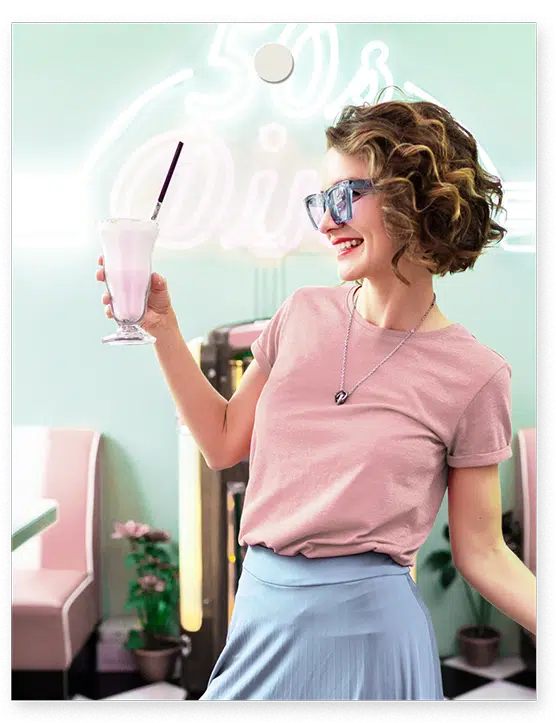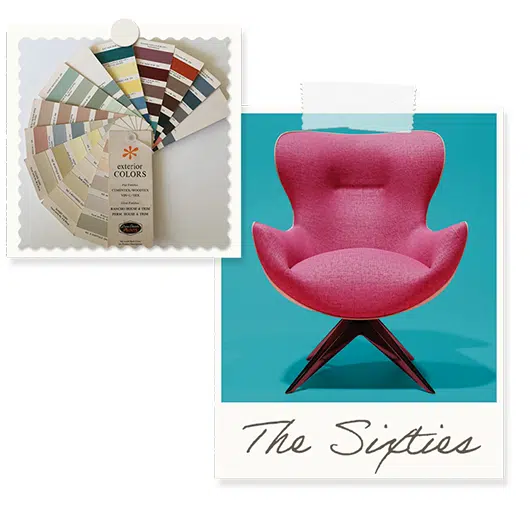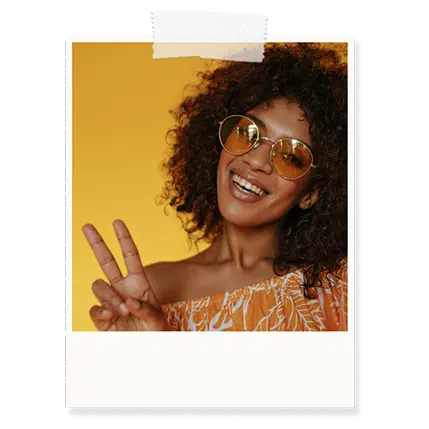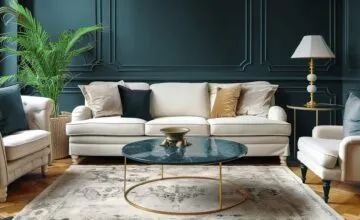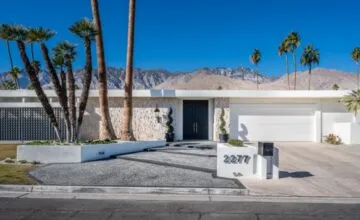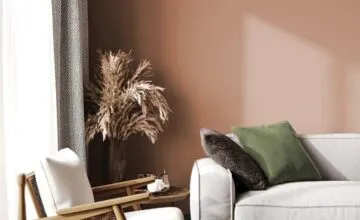Announcing the Colors of the Decades
02/11/2025 | Lauren Hoferkamp |
Dunn-Edwards has a powerful legacy of 100 years of service to people who paint. We are proud of our history of innovation: we've been at the forefront of color and design since 1925, and our greener by design® philosophy has guided us to lead in eco-efficiency along the way.
In celebration of our anniversary, we're taking a look back at color and innovation through the decades—how it's reflected society's state of mind and our hopes for the future. The Colors of the Decades Collection features 11 palettes that act as mini time
This year, we’re releasing a new decade-inspired color palette every three weeks, starting on February 11. Be sure to follow us on Instagram to see the latest palette releases. Until then, here's a sneak peek at the decades we'll be featuring. Can you guess the colors in these palettes?
1925
Founded by Frank “Buddy” Dunn in 1925, our company began as a wallpaper store in Los Angeles. Inspired by the colorful papers he sold, Buddy expanded the business to include paint.
This decade was a time of unprecedented change, where color symbolized a break from the somber Victorian era and led us into a time of freedom, playfulness, and optimism. The flapper era, with its jazz-infused energy, embraced glitzy jewel tones like emerald blue-green and ruby red, with flashes of gold and pink.
1935
In the 1930s, Buddy Dunn partnered with Arthur C. Edwards to form the Dunn-Edwards Corporation. Then, for the first time in the company's history, paint sales surpassed wallpaper sales, and Dunn-Edwards began manufacturing its own paint.
During this decade, the economic hardships of the Great Depression brought a shift towards more subdued and practical color palettes. As resources became scarce, we sought comfort and stability in more muted, chalky colors.
1945
In the 1940s, World War II brought about a focus on practicality and resourcefulness. During this time, paint was often rationed, leading to a preference for colors that could be easily repainted or reused. There was a renewed appreciation for patriotic colors in home decor, although these took the form of darker, more serious versions of their primaries.
The years during the war were difficult, and many Dunn-Edwards employees were drafted into the military. Raw materials were in short supply, though the company did make government-specification paint, so it was able to get enough raw materials to meet customer needs. In this decade, Dunn-Edwards also hired Lita Williams, who would later become our first ever color consultant ... the beginnings of a department that would completely transform how we help customers select paint color.
1955
In the 1950s, the post-war era brought a renewed sense of optimism and prosperity, leading to a resurgence of lighter, brighter colors. Punchy pastels like pink, mint green, baby blue, and yellow reflected a happier and more playful mood. .
During this decade, we added two new water-based paints to our product line, and took the unprecedented step of discontinued our last remaining lead-based paint, 24 years ahead of the ban by the federal government.
1965
The 1960s were a time of social and cultural upheaval, with a psychedelic explosion of color. The counterculture movement embraced bold, saturated colors like orange, green, and magenta, often combined with psychedelic patterns and tie-dye techniques.
Dunn-Edwards expanded significantly during this decade, opening 10 new stores throughout California and Arizona to meet the needs of a growing population who came in search of more job opportunities and sunshine.
1975
Growth and innovation at Dunn-Edwards continued during the 1970s. Our company reached a major milestone—surpassing $60 million in revenue and continuing to innovate in eco-efficiency. In this decade, we discontinued the use of mercury biocides in latex paints, 11 years ahead of the partial ban by the EPA.
Often referred to as the "Me Decade," the 1970s saw a renewed focus on individuality and self-expression. This was reflected in architecture as well as color. Colors leaned towards the warm, earthy end of the spectrum, and fashion and home decor explored exotic prints and eclectic styles.
Featured Articles
-
Announcing the Color of the Century - Viridian Odyssey (DE1925)
-
Best Oranges for the Perfect Summer Beach Cottage
-
Get Ready for Fall with These Trendy Color + Design Moods
-
Try These Color Palettes To Nail A Tomato Girl Summer At Home
-
Embracing Barbiecore: Popular Pinks Throughout The Ages
-
The Color Yellow: Essential Color Theory, Symbolism and Design Application



